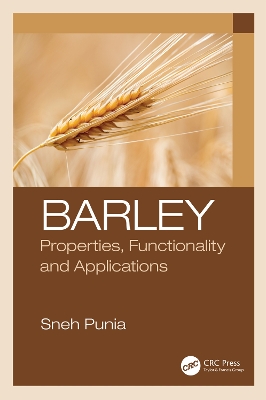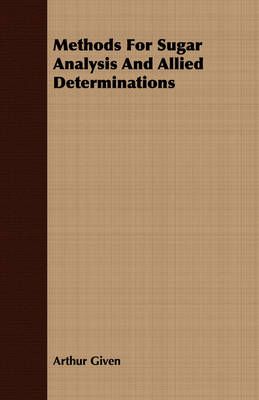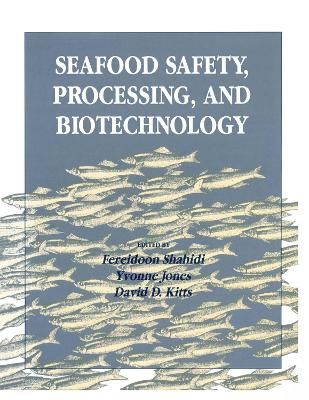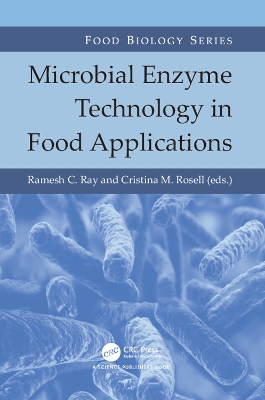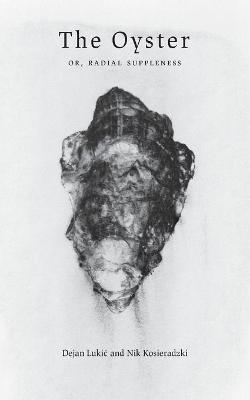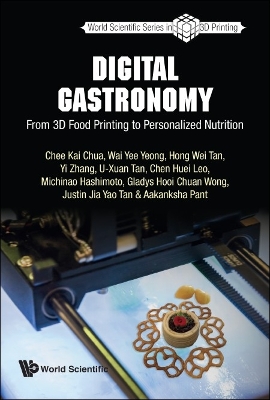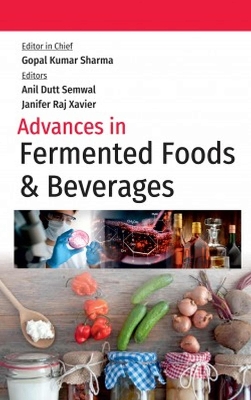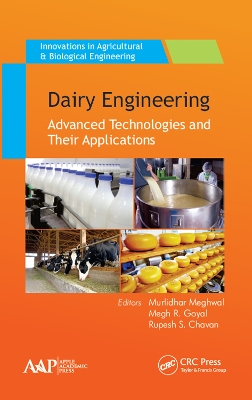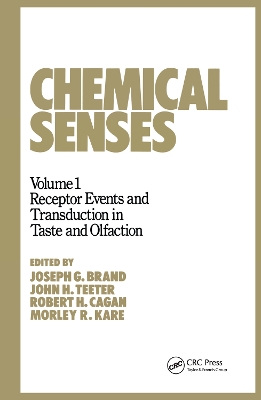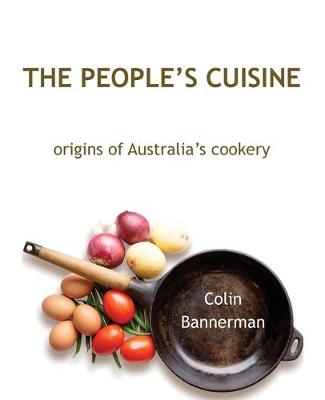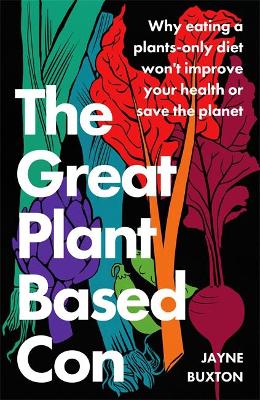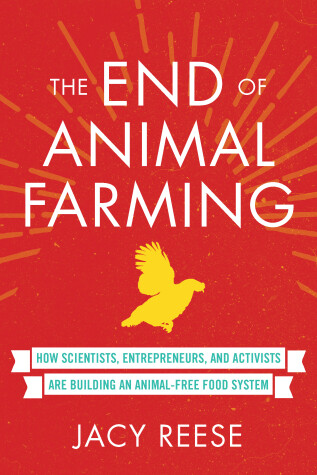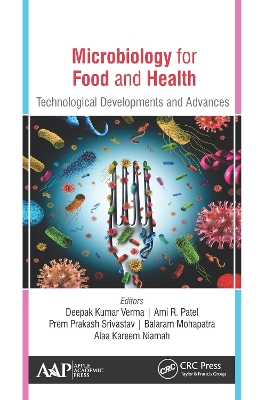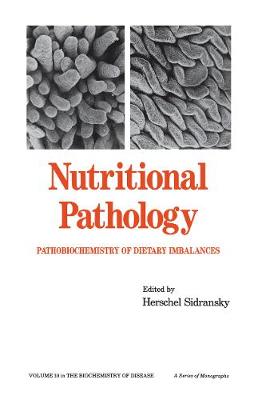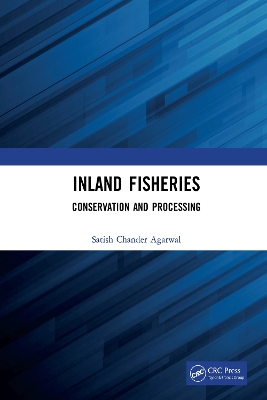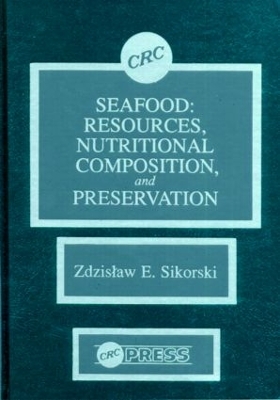Non-Thermal Processing Technologies for the Dairy Industry
The dairy industry usually adopts conventional methods of processing various milk-based food products, which can destroy nutrients and minimize organoleptic qualities. An alternative approach for this is the non-conventional method of non-thermal processing techniques. Not only does this enhance the nutritional profile of the various processed products, but increases the consumer acceptability. There are some emerging non-thermal processing techniques such as pulsed light, cold plasma, high pre...
Barley: Properties, Functionality and Applications provides a systematic introduction and a comprehensive examination of barley science. Recent research has raised the importance of barley finding that barley is a rich source of phenolic compounds, dietary fiber, vitamins, and minerals. Studying the properties of barley provides a basis for better utilizing it, in addition to further development of barley as a sustainable crop. This book will explore knowledge about barley production, grain st...
La charcuterie pratique (8e ed.) (Savoirs Et Traditions)
by Berthoud M
Methods For Sugar Analysis And Allied Determinations
by Arthur Given
Seafood Safety, Processing, and Biotechnology
Research and development of seafood continues to be productive in terms of new and improved products for both food and non-food purposes. The use of biotechnology, microbiology, computer modeling and advanced analytical techniques has led to improvements in processing and product safety. This recent book provides extensive new information on these developments. The 25 reports were prepared by food scientists specializing in seafood. The reports are well illustrated with numerous schematics and s...
Microbial Enzyme Technology in Food Applications (Food Biology)
The aim of food processing is to produce food that is palatable and tastes good, extend its shelf-life, increase the variety, and maintain the nutritional and healthcare quality of food. To achieve favorable processing conditions and for the safety of the food to be consumed, use of food grade microbial enzymes or microbes (being the natural biocatalysts) is imperative. This book discusses the uses of enzymes in conventional and non-conventional food and beverage processing as well as in dairy...
Digital Gastronomy: From 3d Food Printing To Personalized Nutrition (World Scientific Series In 3d Printing, #4)
by Chee Kai Chua, Justin Jia Yao Tan, Gladys Hooi Chuan Wong, Michinao Hashimoto, Chen Huei Leo, U-xuan Tan, Yi Zhang, Hong Wei Tan, Wai Yee Yeong, and Aakanksha Pant
The food industry has seen many changes over the last several decades - new technologies have been introduced into the way we cook, manufacture, and present food products to consumers. Digital gastronomy, which combines new computational abilities such as three-dimensional (3D) printing with traditional food preparation, has allowed consumers to design and manufacture food with personalized shapes, colours, textures and even nutrition. In addition to the personalisation of food, 3D printing of f...
Dairy Engineering (Innovations in Agricultural & Biological Engineering)
Written for and by dairy and food engineers with experience in the field, this new volume provides a wealth of valuable information on dairy technology and its applications. The book covers devices, standardization, packaging, ingredients, laws and regulatory guidelines, food processing methods, and more. The coverage of each topic is comprehensive enough to serve as an overview of the most recent and relevant research and technology.
This book focuses on the initial biochemical and biophysical aspects of taste and olfaction. It is intended for a wide audience, both those already familiar with the chemical senses and those biochemists and neuro-biologists interested in gaining an appreciation of this rapidly expanding discipline.
Alternative Food Politics (Critical Food Studies)
Media interest in food has intensified in recent years, leading to a contemporary food landscape where ‘alternative’ food practices are increasingly visible. Concerns that were once exclusively the domain of activist movements motivated by environmental, animal rights, health and anti-corporate agendas are now central to primetime television cooking shows, mobile apps and social media. This book is the first to explore the impact of popular media and culture on contemporary food politics. Throu...
Plant-based is best for health, go vegan to help save the planet, eat less meat... Almost every day we are bombarded with the seemingly incontrovertible message that we must reduce our consumption of meat and dairy - or eliminate them from our diets altogether.But what if the pervasive message that the plant-based diet will improve our health and save the planet is misleading - or even false? What if removing animal foods from our diet is a serious threat to human health, and a red herring in th...
A bold yet realistic vision of how technology and social change are creating a food system in which we no longer use animals to produce meat, dairy, or eggs. Michael Pollan’s The Omnivore’s Dilemma and Jonathan Safran Foer’s Eating Animals brought widespread attention to the disturbing realities of factory farming. The End of Animal Farming pushes this conversation forward by outlining a strategic roadmap to a humane, ethical, and efficient food system in which slaughterhouses are obsolete—wher...
Microbiology for Food and Health
This book, Microbiology for Food and Health: Technological Developments and Advances, highlights the innovative microbiological approaches and advances made in the field of microbial food industries. The volume covers the most recent progress in the field of dairy and food microbiology, emphasizing the current progress, actual challenges, and successes of the latest technologies. This book looks at technological advances in starter cultures, prospective applications of food-grade microorganisms...
Nutritional Pathology (Biochemistry of Disease)
This book examines several recent, major developments in the field of nutritional pathology, providing enhanced, current understanding of the role that altered or disturbed nutrition plays in the pathogenesis of disease. It is intended for students in pathology, nutrition, and biochemistry.
Geriatric Nutrition discusses the different components of nutrition such as proteins, fats, vitamins, minerals, and malnutrition in elderly people. This book discusses the digestion and absorption of food in and the factors that affect the absorption and ingestion of food in elderly people. The various aspects related to food safety and food handling are discussed in this book. The physiological and psychological changes that occur in elderly people with age have been explained. The nutrition pl...
In all the developing countries, the vast natural resource have great potentials for the production of fish. Natural water resource are categorized on the basis of altitude, temperature and salinity. The different fish species have adopted as per water ecosystem. Out of identified about 22000 fish species, only 10% belongs to freshwater. Only 107 species have been found suitable as culturable. Hence, major chunk of fish are not cultured by man but used by him as food or other uses. It is therefo...
ALL NEW RECIPES FROM THE BESTSELLING AUTHOR OF ONE TIN BAKES 'The sort of book that becomes a true friend in the kitchen.' Nigella Lawson One tin, 70 bakes - whether you want cookies or cakes, pastries or desserts, something fruity, chocolatey or nutty, baking just got even easier. Every bake can be made in the 23 x 33cm (9 x 13in) tin used in Edd Kimber's previous book, One Tin Bakes, but Edd will also offer guidance on baking in a 20 x 20cm (8 x 8in) square tin as well as a loaf tin, making...
This must-have resource focuses on marine food composition as it relates to nutrition. Filled with illustrations and graphs, it describes the biological and technical factors which effect the availability and quality of seafood resources and provides information on the biochemical changes, functional properties, contents, and biological value of the main components of the major marine food organisms. It presents the yield of edible parts for the different species and the applied procedures of pr...

